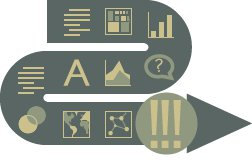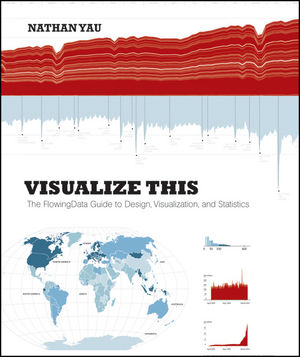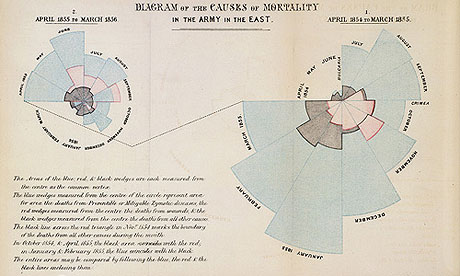Mind Jumpers – By Charu Dwivedi
We all post content on Facebook. Sometimes it’s well read, sometimes not, in spite of putting in our best effort and intentions. Well, apart from what we post, it is important to know when we post. In this blog post, I will attempt to highlight the different social media timing preferences and how they impact different businesses by looking at Buddy Media’s report on effective wall posts published earlier this year together with a recent infographic by Dan Zarrella atHubSpot.
To understand the impact of accurate social media timing, we earlier referred to the Buddy Media report that gave sector wise break-ups of the interest level for every post and time at which it is supposed to peak and tank.
Most effective time to post
According to the Buddy Media report, brands that post outside business hours have 20% higher engagement rates. As a result, for instance content aimed for US, Asian and European consumers will benefit from being timed differently. In the same way, every industry is said to have different traction on different days. The same report also quotes that posts show a higher engagement on a few days compared to others. For example, sports industry and automotive industry have the highest traction on Sundays whereas entertainment peaks on Thursdays and Fridays (18% higher rates). Business and finance hit high on mid week.
General observations:
– Shares on Facebook spike around 7PM, while Twitter spikes around noon.
– On Facebook, content shared on a Saturday is more effective, while Twitter gets the highest engagement mid week. Also, it is good to share 1 post in every 2 days on Facebook.
However, here is an interesting infographic on timing in social networks, which I found on Socialmediagraphics.com. It highlights consumer behaviour on different social media channels, namely Twitter and Facebook. The infographic, The Science of Social Timing, gives us insight into posting at which time to make the content most sharable.
Take a look at the infographic here:


 Select Language
Select Language





